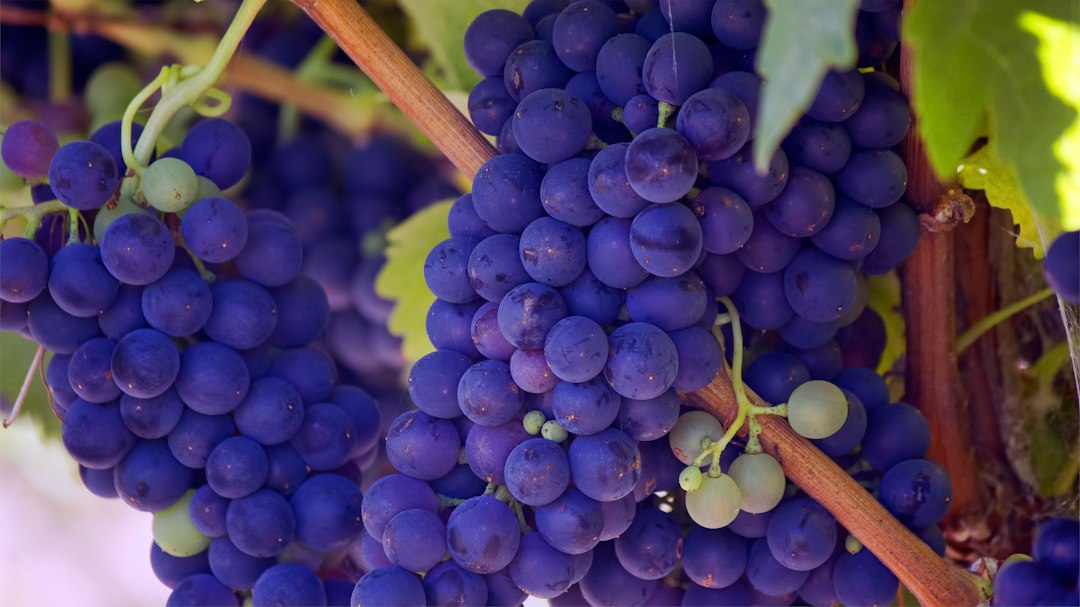
Pairing Food and Wine Tasting Experiences
Share
Unlocking the art of pairing food with wine is akin to discovering a new dimension of culinary delights. It's not just about choosing a red or white wine to go with your meal; it's about understanding how different flavors, textures, and aromas interact to elevate the entire dining experience. Whether you're a seasoned enthusiast or a curious beginner, mastering tasting techniques and learning how to match wine with your favorite dishes can transform an ordinary meal into an extraordinary gastronomic adventure. This guide is designed to help you navigate the nuanced world of food and wine pairings, offering insights and tips to enhance your culinary experiences.
The Basics of Wine Pairing
The journey into food and wine pairing begins with grasping some foundational principles. These guidelines are not strict rules but rather starting points to experiment and discover what combinations resonate with your palate.
Understanding Flavor Profiles
At the heart of wine pairing is the concept of matching the wine's flavor profile with that of the dish. Wines can be fruity, floral, earthy, spicy, or a blend of these and other characteristics. Similarly, dishes can have dominant flavors that are sweet, salty, sour, bitter, or umami. The goal is to find a wine that complements or contrasts these flavors in a way that enhances both the dish and the wine.
Considering Weight and Texture
The weight or body of a wine—ranging from light to full—should be matched with the weight of the food. A delicate, light-bodied white wine pairs well with lighter dishes like salads or seafood, while a robust, full-bodied red wine can stand up to heartier fare like grilled meats or rich stews. The texture of the wine, such as the creaminess of an oaked Chardonnay, can also play a role in pairing, complementing creamy sauces or rich desserts.
Tasting Techniques to Enhance Pairings
To truly appreciate how food and wine interact, it's essential to develop your tasting skills. These techniques will help you analyze and enjoy the nuances of each pairing.
The Four S's of Wine Tasting
The process of tasting wine can be summarized in four steps: See, Swirl, Smell, and Sip. Observing the wine's color and viscosity can give clues about its age and body. Swirling the wine helps release its aromas, which are then evaluated by smelling. Finally, sipping the wine allows you to assess its flavors, acidity, tannins, and aftertaste. Practicing these steps will sharpen your sensory skills and enhance your ability to judge pairings.
Evaluating Wine and Food Together
When tasting a wine with food, take a moment to assess the wine on its own before taking a bite of the dish. After tasting the food, sip the wine again to see how its flavors have changed or intensified. A successful pairing should bring out the best in both the wine and the dish, creating a harmonious balance where neither overshadows the other.
Classic Pairings to Explore
Some food and wine pairings have stood the test of time, becoming classics for their undeniable synergy. These combinations are excellent starting points for beginners and a source of inspiration for experienced enthusiasts.
Cheese and Wine
Cheese and wine are natural partners, with the fat in cheese softening the tannins in red wine or complementing the acidity of white wine. Try pairing a creamy Brie with a buttery Chardonnay or a sharp aged Cheddar with a bold Cabernet Sauvignon.
Seafood and White Wine
The delicate flavors of seafood are beautifully complemented by the crisp acidity and citrus notes of white wines. A classic match is oysters with a dry, minerally Chablis or grilled salmon with a rich, oaked Chardonnay.
Advanced Pairing Strategies
Once you've mastered the basics, you can explore more complex and unconventional pairings. These strategies encourage experimentation and can lead to surprising discoveries.
Pairing by Contrast
Contrasting pairings involve matching a wine with a dish that has opposite characteristics, such as pairing a sweet wine with a spicy dish. The sweetness of the wine can cool the heat of the dish, creating a pleasing balance.
Pairing by Similarity
In contrast to pairing by contrast, this strategy involves matching a wine with a dish that shares similar flavors or aromas. A dish with earthy mushroom flavors, for example, pairs well with a wine that has earthy notes, like a Pinot Noir.
Special Considerations for Pairings
Certain types of cuisine and dietary preferences present unique challenges and opportunities for wine pairing.
Wine Pairings for Vegan Dishes
Vegan cuisine offers a rich palette of flavors for wine pairing. The key is to focus on the primary flavors and textures of the dishes, such as pairing a tangy, tomato-based pasta with a vibrant Sangiovese or a hearty lentil stew with a spicy Syrah.
French Cuisine Wine Pairing Guide
French cuisine, with its emphasis on sauces and regional ingredients, provides a wealth of pairing options. A classic Coq au Vin, for example, pairs beautifully with a Burgundy wine from the same region, highlighting the principle of "what grows together, goes together."
Conclusion
The art of pairing food with wine is a journey of discovery, guided by both knowledge and intuition. By understanding the basics, honing your tasting techniques, and exploring both classic and innovative pairings, you can elevate your culinary experiences to new heights. Remember, the most important rule is to trust your palate and enjoy the process of experimentation. Cheers to your next unforgettable food and wine pairing adventure!
For more insights into wine tasting and pairing, be sure to explore our other articles, such as Creating Perfect Wine Pairings at Home, Advanced Wine Tasting Techniques Explained, and The Role of Acidity in Wine Pairings.



